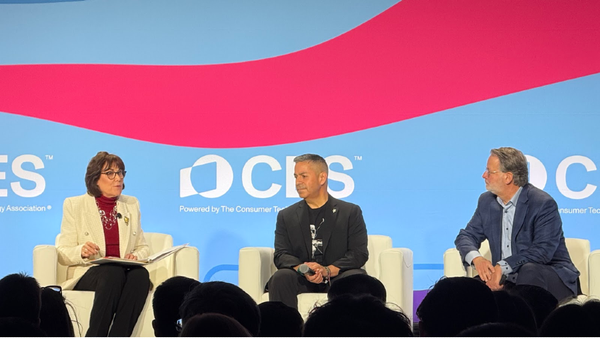Midco Says it Should Keep Unsubsidized Competitor Status
Adjacent providers say they had subsidy awards reduced because of a misclassification.
Jake Neenan

WASHINGTON, Oct. 3, 2024 – Midcontinent Communications says it does in fact provide voice service at some locations challenged by neighboring providers seeking subsidy awards to serve those areas.
Two other Minnesota providers, Arvig and Bevcomm, told the Federal Communications Commission this summer that they lost out on more than $2.8 million in annual support for 3,500 homes and businesses because Midco was incorrectly labeled as providing both broadband and voice service there, making the locations ineligible under program rules.
Seven other providers in the area subsequently told the agency they too should have their awards adjusted upward for the same reason. The trade association for rural ISPs supported them.
But Midco said in a filing, received Friday and posted with redactions Wednesday, that it does actually offer voice service at about 13 percent of the locations cited by Arvig and Bevcomm. It argued against subsidizing fiber overbuilds in its fixed wireless area.
“[T]he analysis as provided in the Arvig Comments does not meet the standard for rebutting the presumption that these areas are served by an unsubsidized competitor,” the company wrote in a filing signed by Midco outside counsel Robert McDowell, a former Republican FCC commissioner.
The two companies queried the 101 locations on Midco’s website, which they said listed no voice service there. Midco said it checked the addresses and found 13 of them are able to get voice service from the company. The company claimed four of those were correctly labeled in its database and should show up as served on its website, with the other nine being improperly recorded in internal systems.
“Together, these locations account for 12.8 percent of the locations listed in the Arvig Comments,” Midco wrote. “Thus, a substantial proportion of the locations identified by Arvig and BEVCOMM are served by Midcontinent.”
Arvig and Bevcomm, both fiber providers, had argued to the FCC that the locations at issue would be better served by their more future-proof technology than Midco’s fixed wireless service. Midco argued the agency had more of an interest in directing money to locations with no adequate broadband.
“Indeed, arguably the principal beneficiaries of the additional funding would be Arvig and Bevcomm, not the public interest,” the company wrote.
In 2023, the FCC established the Enhanced Alternative Connect America Cost Model program, which will spend about $18 billion on building and maintaining rural broadband over the next 15 years. The program reduces a participant’s support for each location in its service area served by an unsubsidized competitor. FCC staff can make adjustments to the initial awards through 2025.










Member discussion